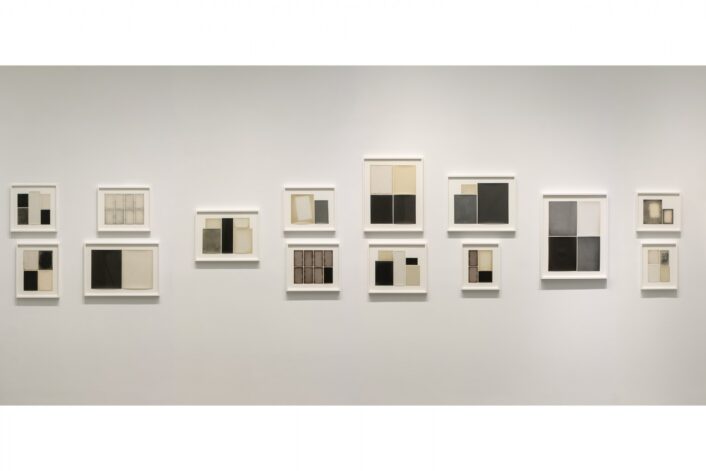Video of Alison Rossiter describing her work.
Fine Art
Alison Rossiter’s special works
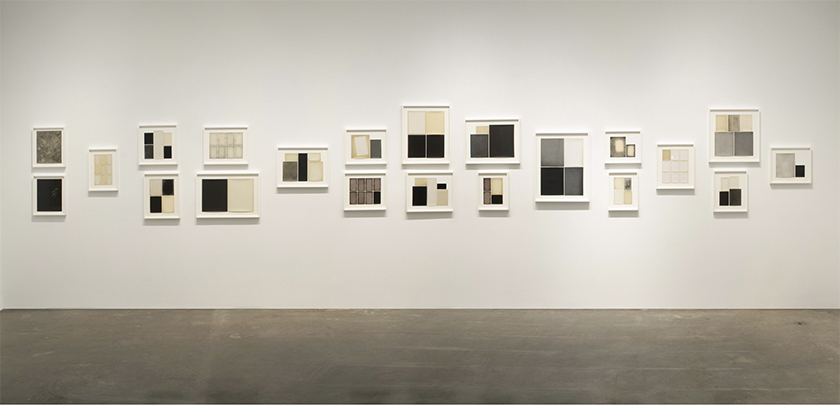
From Rossiter’s “Substance of Density 1918-1948”.
Image courtesy of: Yossi Milo Gallery
The saying, “One man’s trash is another man’s treasure” bides true for Alison Rossiter. The talented photographer is unique in that she is a photographer that does not use a camera. Since 2007, Rossiter has been obsessively collecting packages of expired papers and revealing the “accidental” compositions that were affected by fingerprints, pollution, and stains.
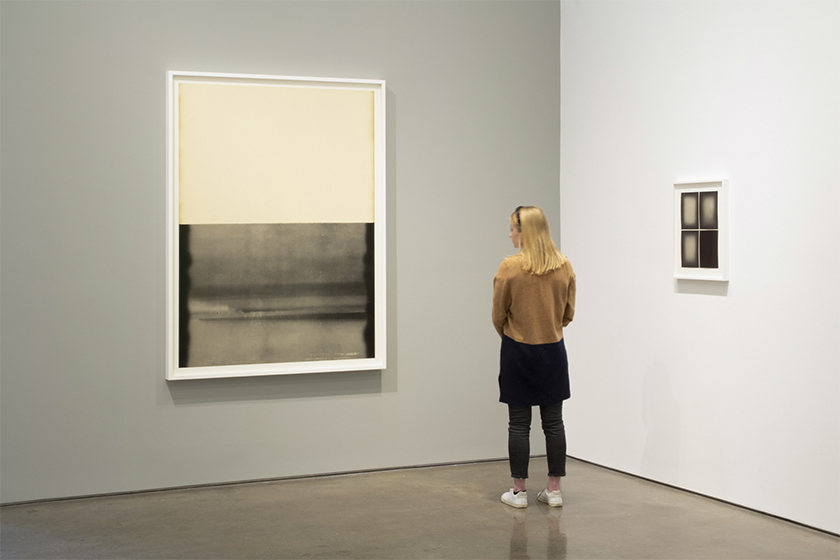
For her specific pieces, Rossiter applies dark-room chemicals to vintage photo paper, the sheets are then arranged into compositions.
Image courtesy of: Yossi Milo Gallery
The elegance of Rossiter’s pieces is unparalleled, the beauty of these mostly muted abstractions range in tones of white to black. Recently, Rossiter was the subject of a beautiful show at Yossi Milo Gallery in New York City’s titled, “Substance of Density 1918-1948.”
For this show, Rossiter used film dating from the end of World War I through World War II, and through the creation of Israel as an independent state. She believes that something from this particular time in history was left on the shadows of the film. Most fascinating is that the works are shown alongside a timeline of the events that occurred during those years. The idea is for the viewer to place himself at that time and to let your imaginations soar.
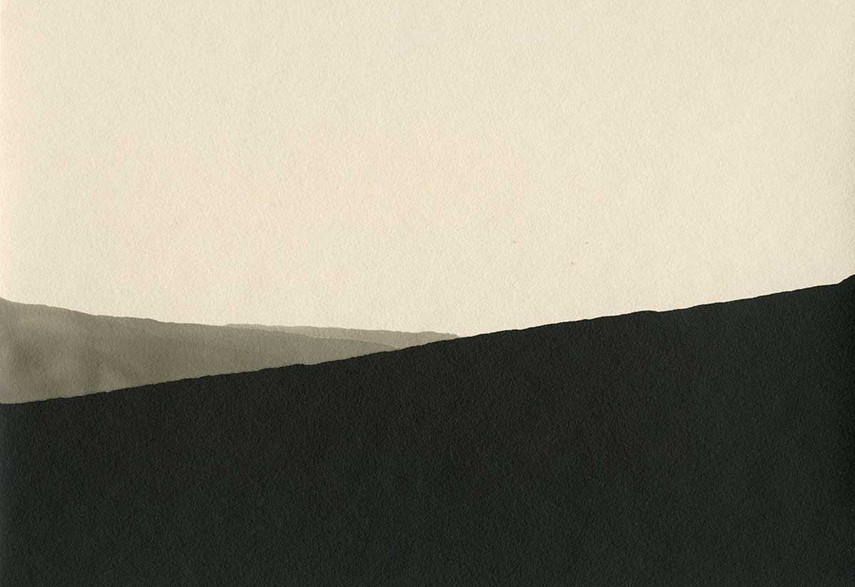
“Sears Roebuck Darko Rough,” exact expiration date unknown, circa 1930’s and processed in 2012.
Image courtesy of: Widewalls
Rossiter was inspired when she purchased a banged-up box of silver gelatin print paper that was stamped with an expiration date of May 1, 1946. She intended on making photograms and headed into the darkroom to create a “test print.” As she moved the paper to the developer, she saw a gorgeous Vija Celmins-like graphite drawing.
It was as if she found a hidden drawing in the paper’s coating. She realized that there was something within the midst of the deterioration and the failure of the paper. Now, Rossiter’s studio shelves are lined with thousands and thousands of expired papers that she purchased on eBay.
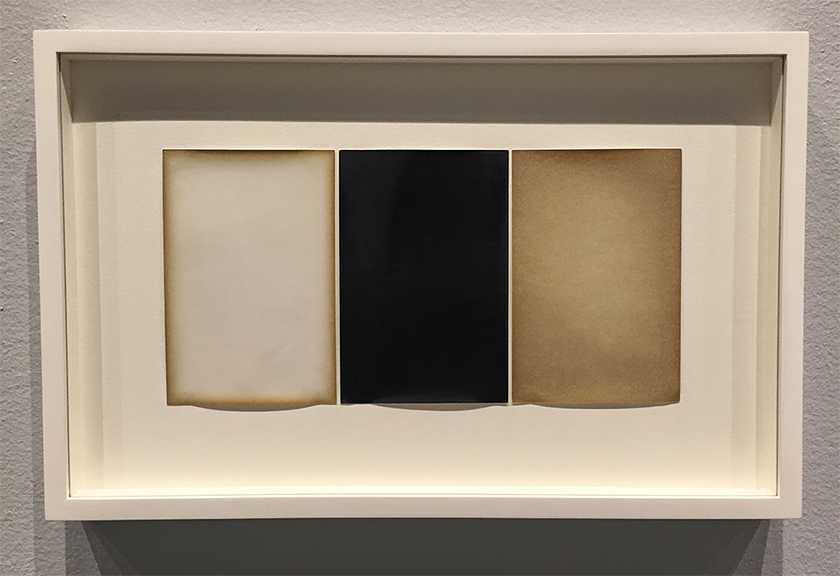
Rossiter uses a simple tray of developer and either rocks it, dips a paper into it, or pours the developer onto a piece of paper. All of these actions are very simple and familiar… the innovation comes in when you find out how many different ways you can work “the magic”.
Image courtesy of: Magpie Aesthetic
Cameraless photography is not new. Man Ray was one of the first artists to make photograms during the early part of the 20th-century. Rossiter is just one of the more recent contemporary artists who creates abstraction that relies on chance.
For the “Substance of Density 1918-1948,” Rossiter set upon developing some of the 2,000 packages of paper that she had collected, dating back from the 1890s through the 20th century. Examples from the earliest two decades were recently displayed at and acquired by the New York City Public Library.
Yossi Milo has said about Rossiter, “Alison collects the discarded, going back into history, and celebrates the physicality of her materials.
This is definitely art we can all get behind!
